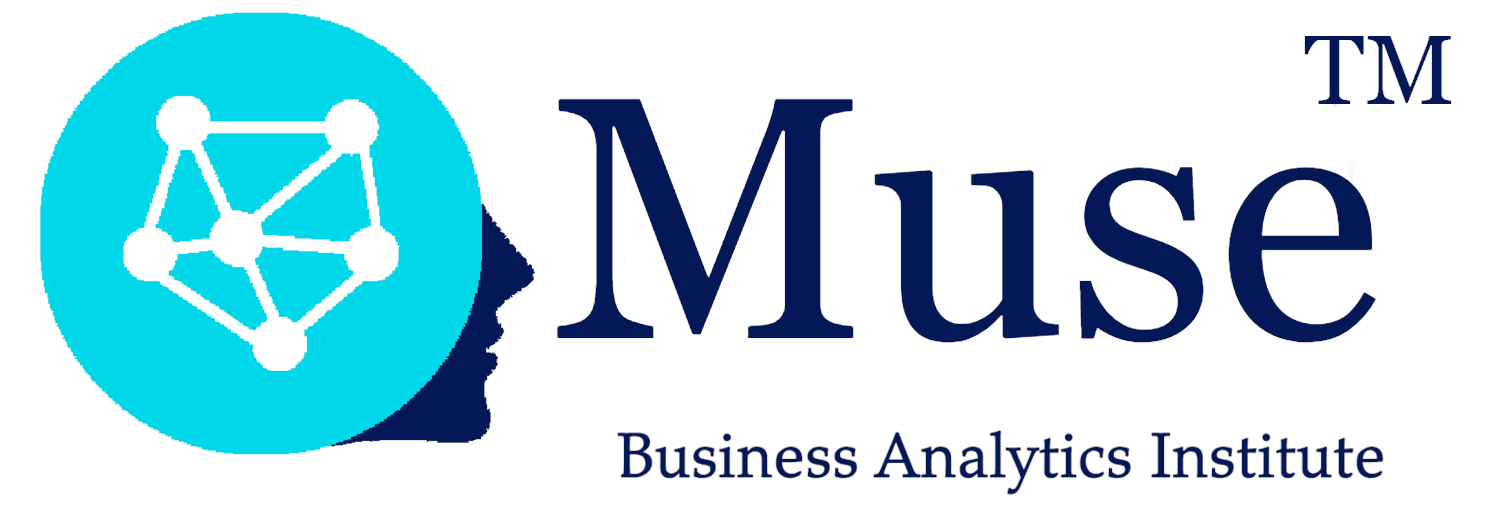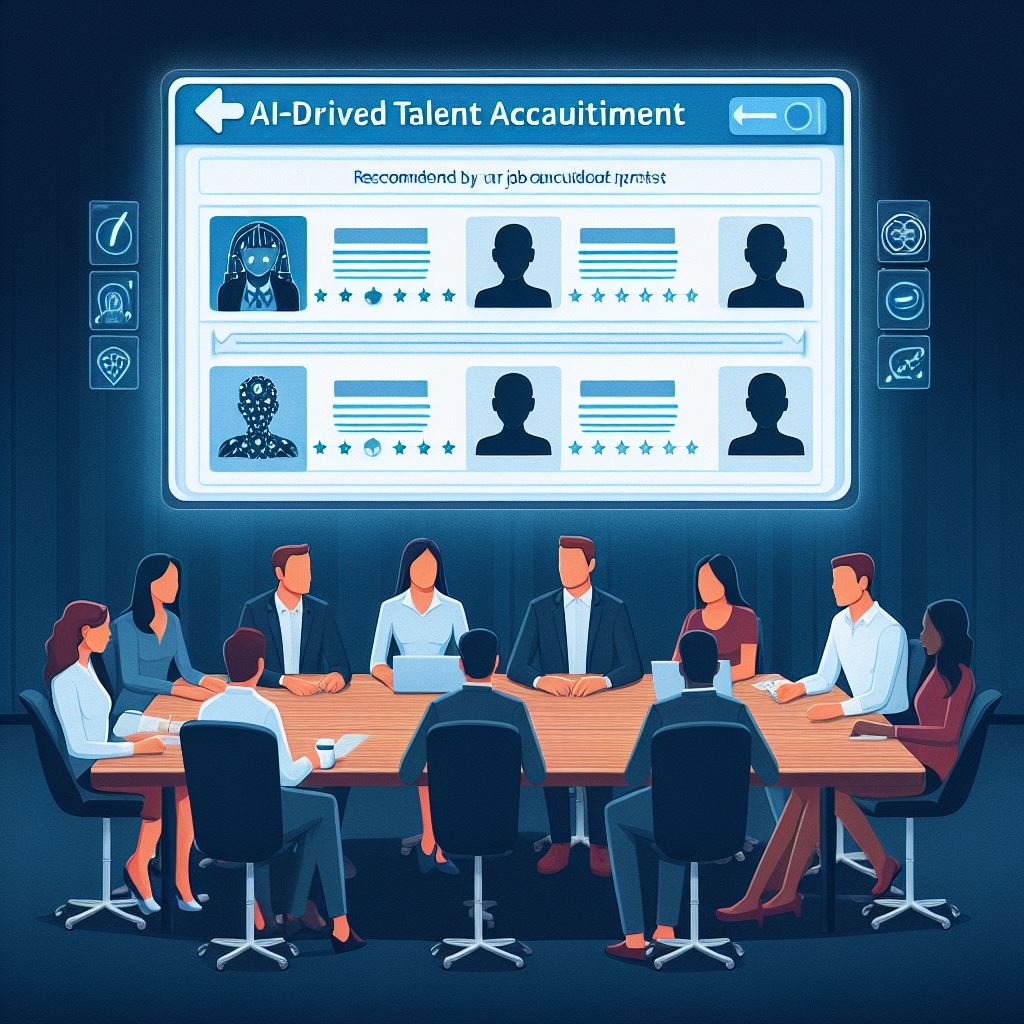AI Talent Supply Chain
Developing an AI Talent Supply Chain
The debate over pertinent AI skills is almost as old as the study of artificial intelligence itself. Over the years the “skills gap” has broadened as AI powered applications have permeated the workplace. A recent IBM Institute for Business Value (IBV) survey concluded that 40% of the workforce will need to re-skill in the next three years as the business use cases for AI grow (Jill Goldstein et al., Augmente d work for an automated, AI-driven world, IBM IBV, August 2023).
In sharp contrast, the roadmap for matching skills and experience to job opportunities remains in the dark.
Ismaelle Haddouzi’s commentary can be found this.
For students and working professionals, AI models can help monitor the stated requirements and opportunities of rapidly changing job requirements; For management and engineering schools, AI can be used to monitor both the rapidly evolving technological landscape, needs in both the public and private sectors, as well as research in business use cases. In collaboration with HR and training specialists, AI-based applications can support the workforce - aligning the vision of lifelong learning with corporate realities. Last but not least, employers can enlist AI to improve the pertinence of its job offers as well as detect qualified candidates whether they are currently on candidates or not.
AI models are already widely used today to match skills to job opportunities across various industries. One prominent example is LinkedIn's Talent Solutions, which leverages AI algorithms to match candidates with job postings based on their skills, experience, and preferences. In a similar vein, ZipRecruiter's AI analyzes resumes, job descriptions, and user behavior to identify relevant skills, qualifications, and preferences, enabling it to make personalized job recommendations. Another example is the recruitment platform HireVue, which uses AI-powered video interviews to assess candidates' skills and competencies.
Additionally, platforms like Indeed and Monster use AI to enhance their job search and recommendation algorithms. Furthermore, specialized AI-driven talent acquisition platforms like Pymetrics and HackerRank use skills assessments and coding challenges to evaluate candidates' technical abilities and match them with relevant job opportunities in fields like software engineering and data science. These platforms analyze user behavior, job postings, and resumes to personalize job recommendations and improve the match between candidates and job opportunities.
The potential to transform these models into autonomous AI agents able to match skills to opportunities on an ongoing basis will require developing a number of capabilities:
Skill Extraction:
Autonomous agents could extract skills and qualifications from job descriptions, resumes, and other relevant documents using natural language processing (NLP) techniques.Semantic Matching:
Autonomous AI could employ semantic matching techniques to understand the context and meaning behind job requirements and candidate qualifications. Candidate Profiling - autonomous AI builds profiles of candidates based on their skills, experience, education, and other relevant attributes extracted from resumes, professional profiles, and assessments.Optimizing the Talent Supply Chain:
Using machine learning algorithms, the AI models could analyze historical hiring data to identify patterns and correlations between job requirements and successful candidate profiles.
The road ahead is as promising as it is challenging. Obtaining accurate and balanced data on both job requirements and candidate skills will be a major hurdle. Keeping the skill taxonomy relevant and up-to-date and relevant will be crucial given the rapid evolution of both practices and technologies. The current limits of generative AI in general, and LLMMatching diverse skill sets to job requirements requires a nuanced understanding of both the diversity of AI technologies and importance of context in tuning models to markets and industries.
Metadata that will be needed to train the models includes that qualifying company culture, team dynamics, and project specifics that are not explicitly stated in job descriptions or resumes. Ensuring compliance with relevant privacy regulations and safeguarding sensitive information will also be crucial to real world use scenarios. Finally, designing collaborative intelligence processes to provide continuous feedback from recruiters, candidates, and hiring outcomes will be necessary to guarantee the real business value of these investments over time.


